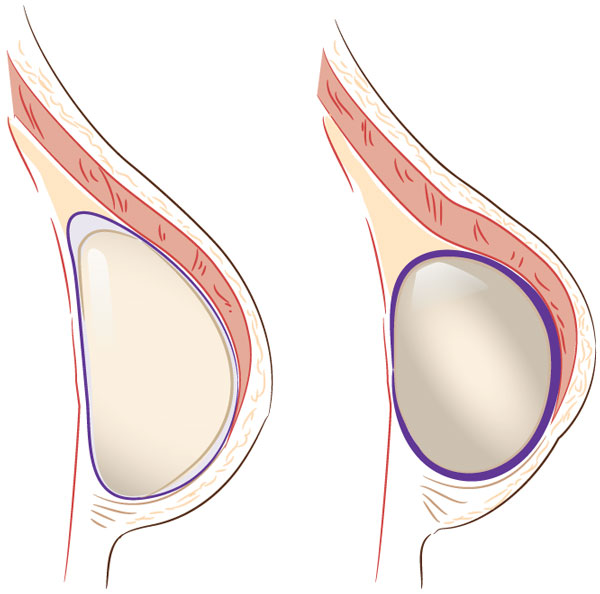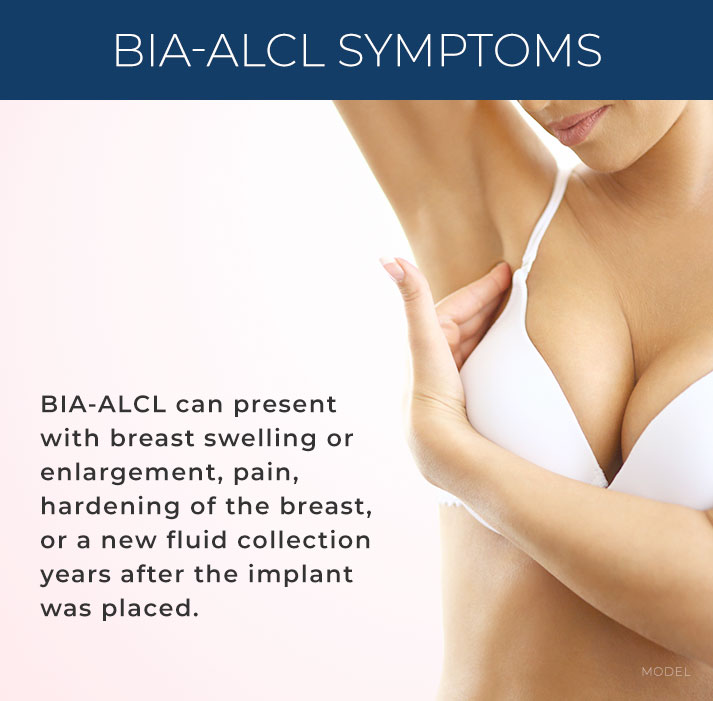Implant Safety

Most breast implants used for reconstruction are smooth-walled and composed of silicone gel. These are known to be very safe and do not increase the risk of breast cancer or autoimmune illness. The most common complication of breast implants is the formation of scar tissue around the implant, or capsular contracture. All women develop a scar capsule to some degree, but when this scarring is severe, it can distort the shape of the breast or even cause discomfort.
Other complications of breast implants include implant malposition, infection, and rippling or wrinkling. Implant rupture is rare and is generally confined to the scar capsule around the implant.


There is a rare type of lymphoma called Breast Implant Associated Anaplastic Large Cell Lymphoma (BIA-ALCL) that has been associated with implants that have a textured surface. This typically presents with enlargement of the breast or a new fluid collection surrounding the implant that develops more than a year after it was placed. In most cases, BIA-ALCL can be cured by removing the textured implant and surrounding scar capsule. Though rare and usually treatable, this condition can be avoided by using a smooth-walled implant.
An alternative to silicone gel implants is a saline implant. These are seldom used in breast reconstruction because they have a less natural appearance and feel.